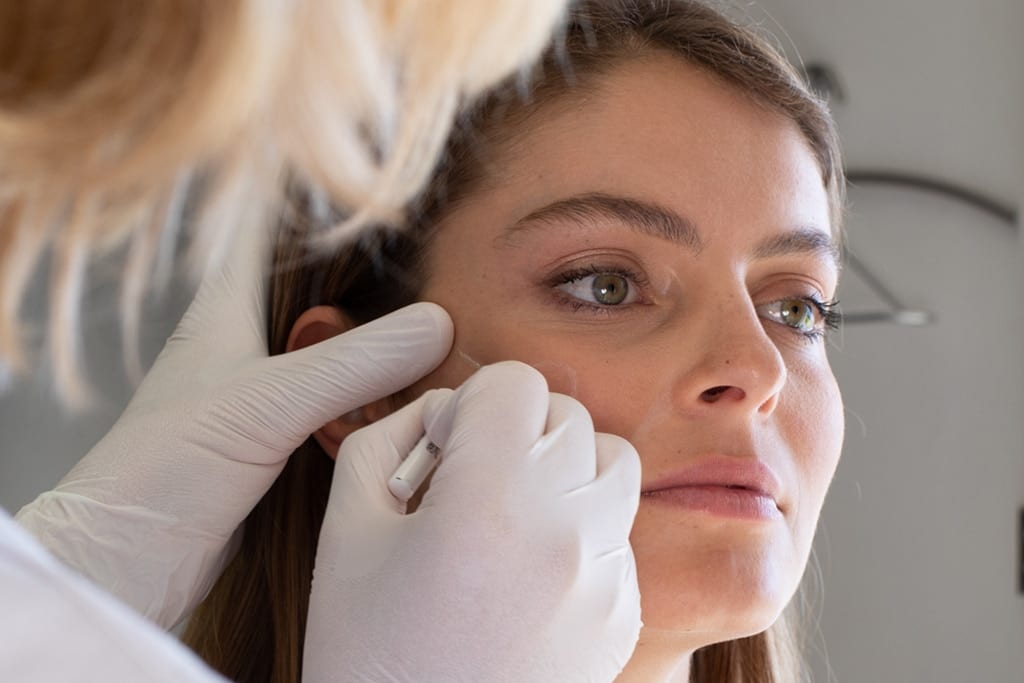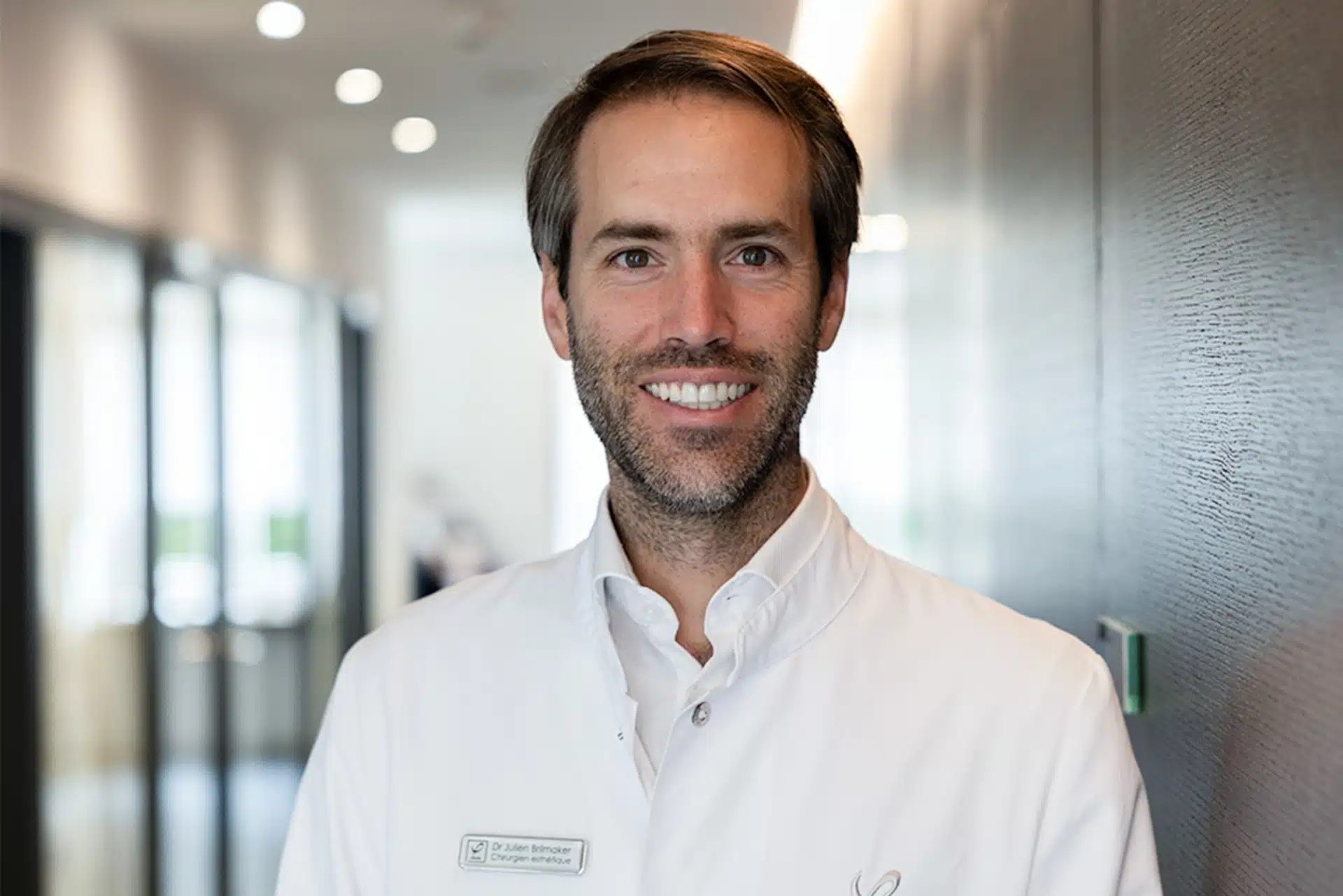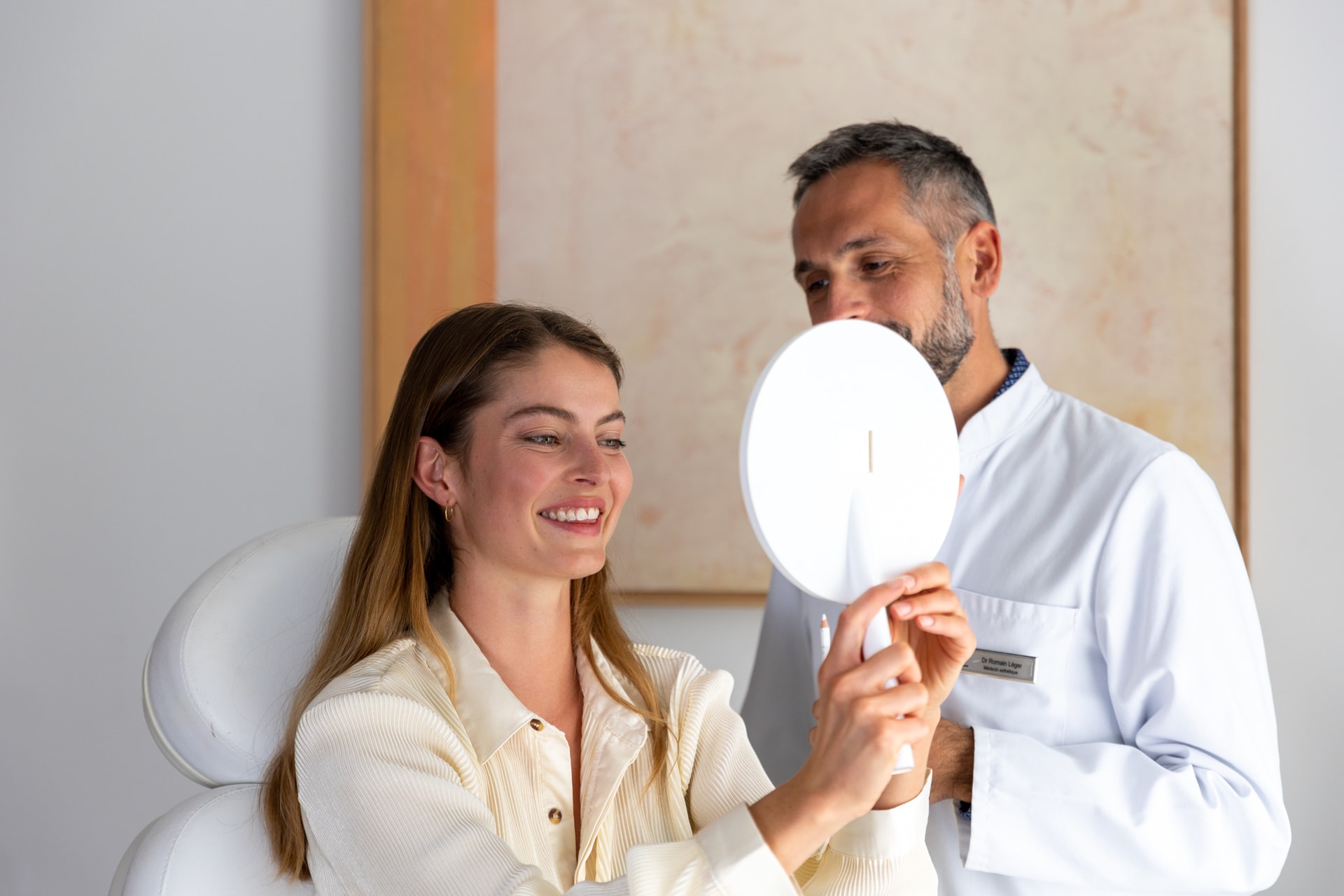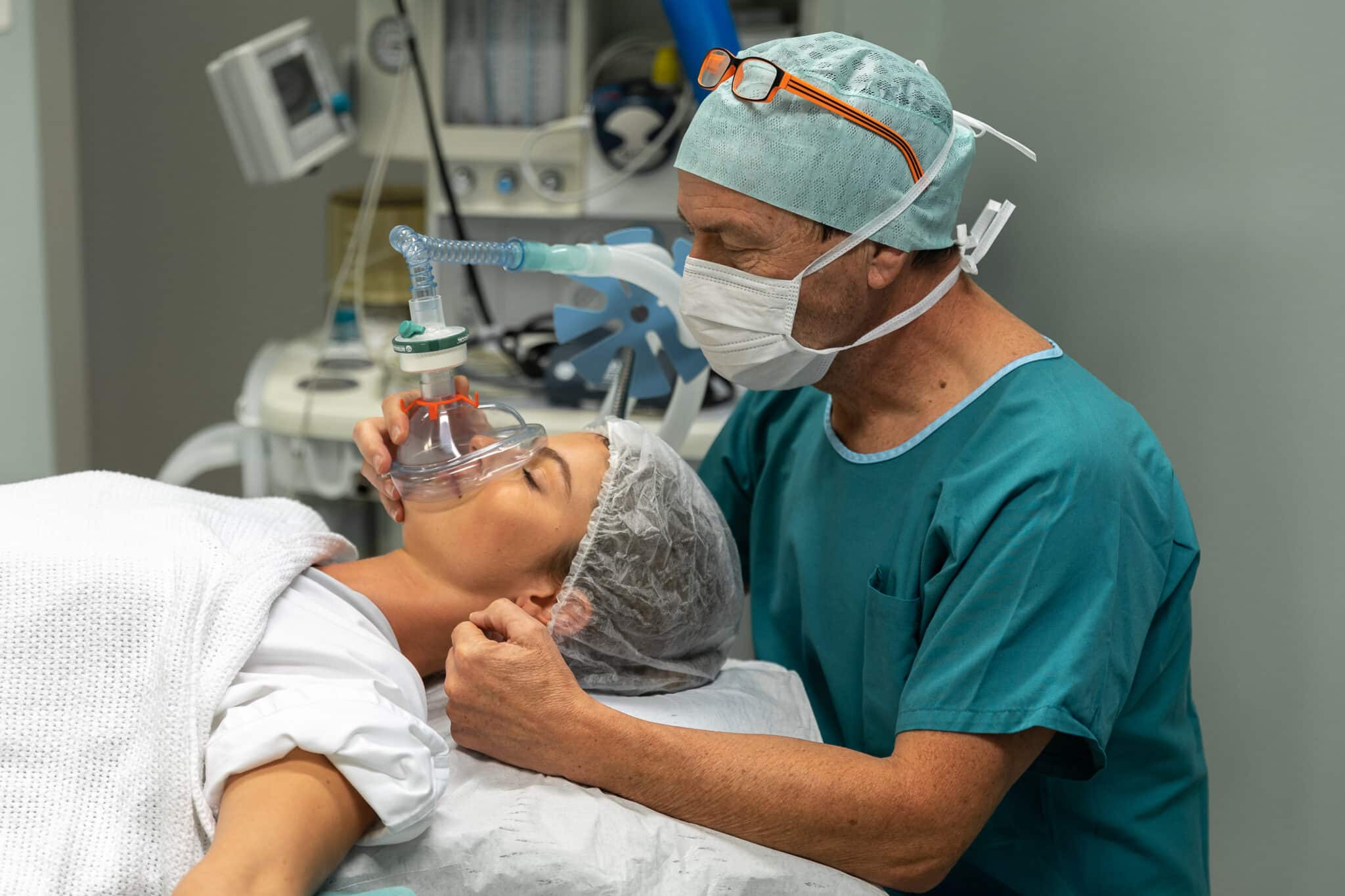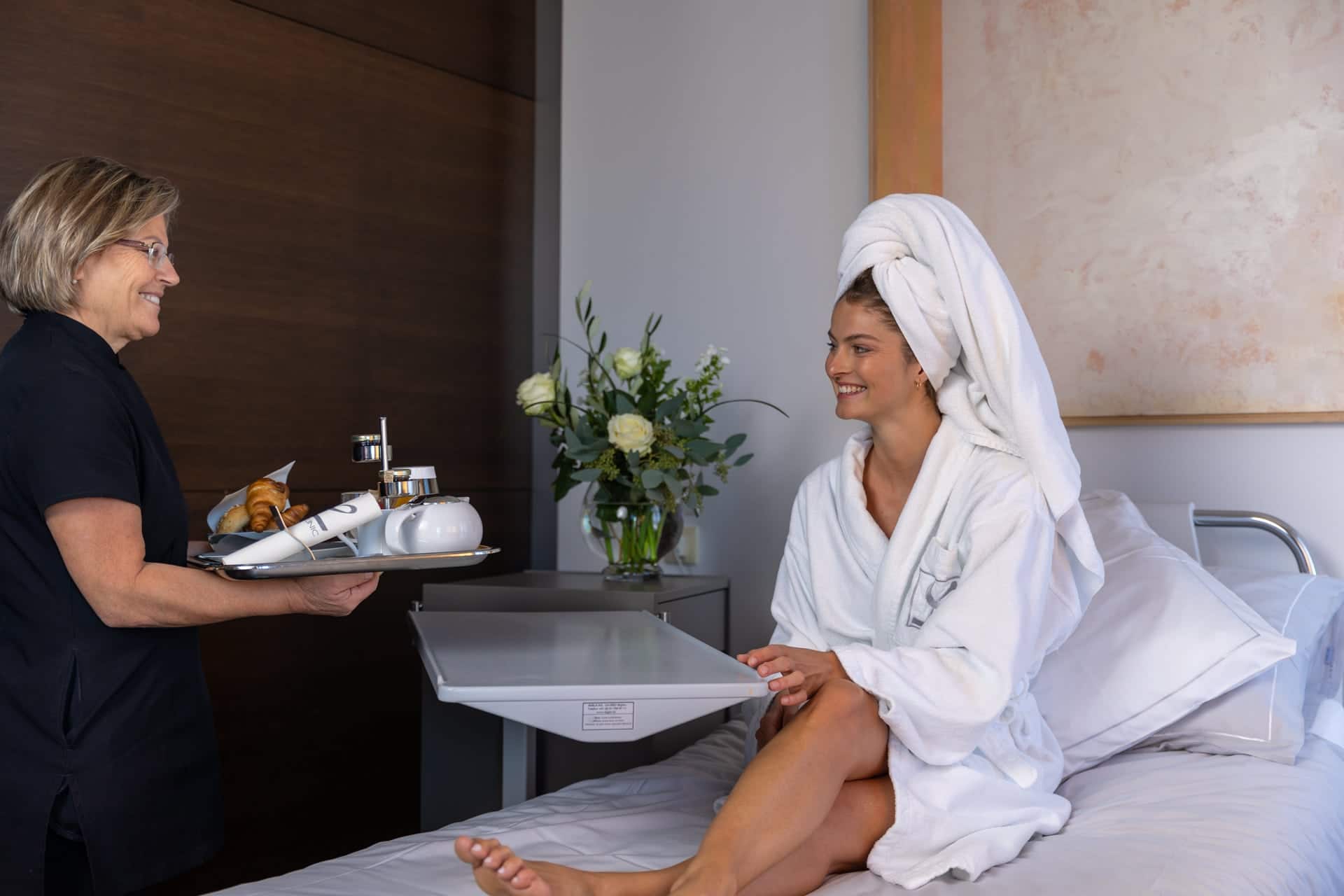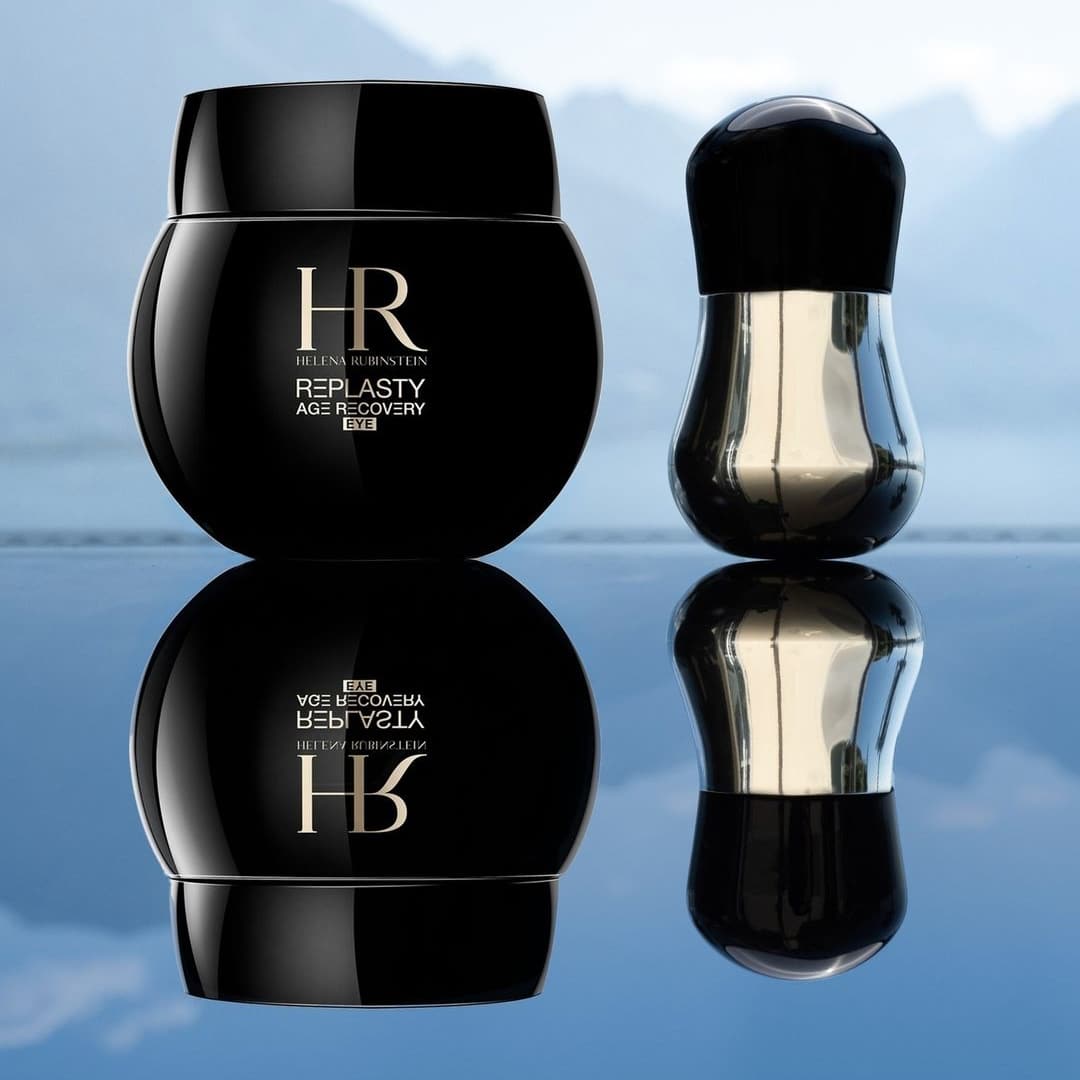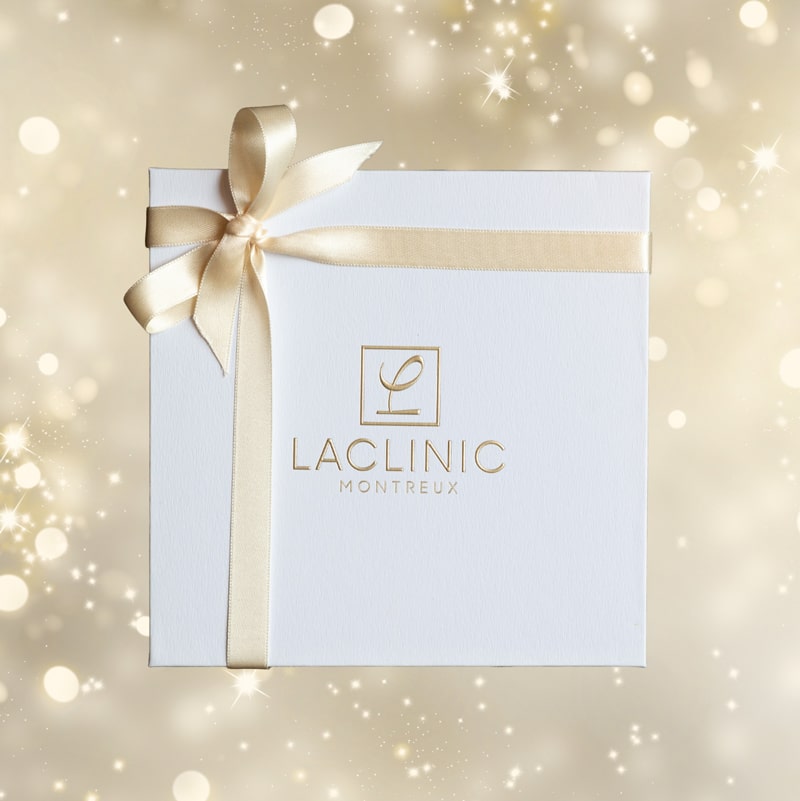
Duration
1 hr – 1.5 hrs

Type of anesthesia
Local anesthesia or sedation

Clinic stay
Outpatient

Social downtime
2 days
Objectives of otoplasty
Otoplasty, or ear surgery, is a common procedure that permanently corrects protruding ears .
This surgical solution also improves the aesthetic aspect of the projection of the ears and their shape, offering a natural result.
See more
There is now a less invasive alternative to conventional otoplasty to correct certain cases of protruding ears: Earfold implants , placed on the cartilage of the auricle to correct its fold.
Who is otoplasty for?
Otoplasty can be performed from the age of 7 , the age from which the ears have acquired their size and shape. The intervention is particularly indicated when the child expresses the desire and finds himself in a situation of psychological suffering. Otoplasty is also feasible at any age , in women and men.
See more
Depending on the indication, otoplasty can correct a pinna folding defect which causes a lack of relief because the ear is not bent enough on itself, reduce the size of the concha which accentuates the gap between the ear in relation to the head, or even improve a defect in the angle between the ear and the skull which causes an impression of detachment.
Otoplasty is a surgical procedure that can lead to risks and complications. A first consultation with your surgeon is essential to know if this intervention is adapted to your particular situation.
Before and after pictures
Otoplasty video
Explanations
Procedure of the otoplasty
Otoplasty will positively transform the harmony of your face. The results are definitive.
Follow your surgeon’s recommendations to optimize the healing process and the quality of the result.
Before the intervention
The first consultation is essential to understand your request and your motivations. It is also an opportunity for your surgeon to carefully analyze the anatomy of your ears (anthelix, concha, lobe, size of the ear), in order to assess the technical gestures required to obtain a natural result.
A preoperative check-up will be carried out in accordance with the prescriptions.
Anesthesia
In principle, otoplasty takes place on an outpatient basis, under local anesthesia with sedation . However, in some cases, a general anaesthesia is preferred.
The choice of the technique will be made between you, your anesthesiologist and your surgeon.
A consultation with your anesthesiologist will take place a few days before your procedure.
The day of the procedure
Your surgeon will adapt his technique accordingly to the needed corrections.
For ear repositioning, the surgeon will make an incision in the crease behind the ear. The scar is very discreet, hidden in the retro-auricular groove. For a cartilage plasty, your surgeon will correct the abnormalities and shape the structures.
In the context of a reattachment of the ears, the principle is to improve or recreate the natural reliefs, in particular by creating a fold of the anthelix or by increasing it and often, by removing the too important cartilage of the concha.
Finally, your specialist repositions the pavilion , the ear is placed close to the skull, the detachment is rectified. Depending on the associated gestures, the intervention lasts between 1h30 and 2h30.
After the procedure
The consequences of an otoplasty are not very painful. A bandage is applied for two days, then the wearing of a protective headband is necessary for two weeks after the intervention, day and night.
The ears may appear swollen, with raised areas masked by edema (swelling). More or less important bruises are sometimes present and will disappear in the ten to twenty days following the intervention.
It will be necessary to avoid wearing glasses during the first ten days. Any sporting or physical activity with the risk of contact with the ears should be avoided during the first two months.
Exposure to extreme cold is not recommended for at least two months given the risk of frostbite due to the temporary reduction in ear sensitivity.
Finally, it will be necessary to avoid sleeping on the side for about five weeks, in order to reduce the risk of trauma to the ear.
Results
The result of an otoplasty is immediate and takes its final appearance after two months. A surgical touch-up may be necessary if a stitch on the cartilage breaks. In young children, hypertrophic scars are possible.
The goal of this surgery is to bring an improvement and not to achieve perfection. If your wishes are realistic, the result should give you great satisfaction.
The art of ear surgery at Laclinic
At Laclinic, the artistic touch of the surgeon is paramount for each intervention Obtaining a tailor-made result for each patient is the main objective of ear surgery. The art of the gesture consists in respecting a perfect symmetry as regards the joining of the ears.
Indeed, from the front and in profile, the auricular pavilion must be positioned in perfect harmony with the face. It must be “glued” front and back, with harmonious and natural curves in profile and without any visible cartilaginous constraint.
Would you like more information or the opinion of a professional?
We look forward to hearing from you. We'll be happy to answer any questions you may have.
Around the surgery
The first consultation
The first appointment is essential to identify your needs and expectations. Our specialists will take all the necessary time to understand your demand and offer you the best advice.
Anesthesia
Sensitive to the potentially traumatic dimension of any operation, Laclinic's doctors pay close attention to pain management to make the operation as comfortable and safe as possible.
Associated treatments
Other techniques also make it possible to intervene on other problems such as the size of the lobules that can be reduced, the occlusion of holes in earrings or the correction of torn lobules, or even the sagging of the lobes of ears due to age: the simple gesture of shrinking a lobule can be enough to rejuvenate the entire face.
Reshape the shape of the ears with hyaluronic acid
The intervention can be coupled with injections of hyaluronic acid to recreate the volume of the lobe which becomes thinner with age.
The duration of the results varies between 18 months to 2 years depending on the patient. In addition, our Beauty Institute is at your disposal if you wish to carry out waxing of the area.
